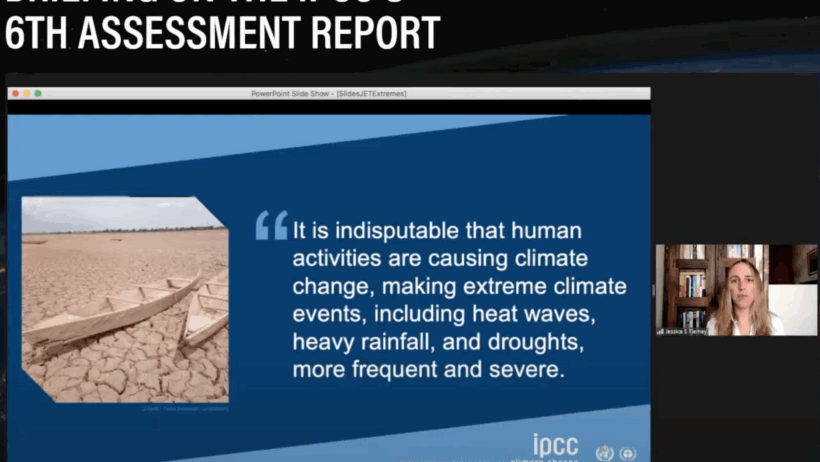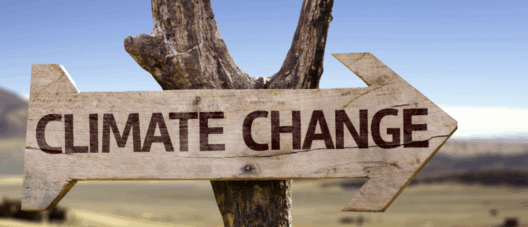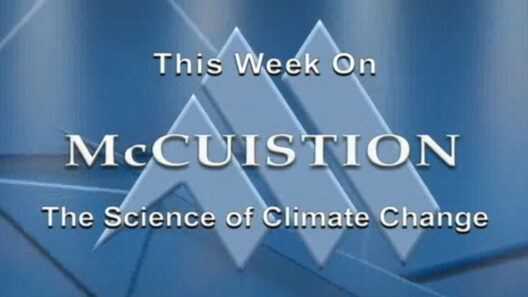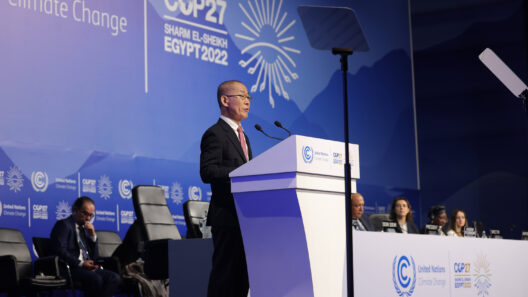Climate change has emerged as one of the most pressing environmental issues of our time, eliciting fervent debates and a myriad of responses. The question, “Are human activities to blame for climate change?” often serves as a pivotal point in discussions among environmental scientists, policymakers, and the general public. This inquiry delves beyond the surface level of observation and hints at more profound implications regarding how human behavior intersects with our planet’s ecological systems.
To understand humanity’s role in climate change, it is essential to acknowledge the foundational science backing this phenomenon. The Earth’s climate system is complex and influenced by various factors, including natural variability, solar radiation, and volcanic activity. However, the predominant driver of the recent changes in climate has been anthropogenic, or human-induced, activities. The Intergovernmental Panel on Climate Change (IPCC) has articulated with increasing confidence that the rise in global temperatures since the mid-20th century can be attributed largely to emissions of greenhouse gases (GHGs) resulting from human actions.
Some of the most significant human activities contributing to climate change include the combustion of fossil fuels for energy, deforestation for agriculture and urban expansion, and various industrial processes. The burning of coal, oil, and natural gas releases vast quantities of carbon dioxide (CO2) and other GHGs into the atmosphere. These gases trap heat from the sun, leading to the greenhouse effect, a phenomenon that has seen global temperatures rise dramatically over the last century.
Forestry practices also play an instrumental role in climate dynamics. Forests, which act as carbon sinks, sequester significant amounts of carbon dioxide from the atmosphere. However, widespread deforestation—motivated by agricultural expansion, logging, and infrastructure development—has led to a net increase in atmospheric carbon levels. The loss of these vital ecosystems not only contributes to higher GHG concentrations but also diminishes biodiversity and disrupts local climates.
In addition to carbon dioxide, methane (CH4) and nitrous oxide (N2O) are potent greenhouse gases exacerbated by human activities. Methane emissions primarily arise from agricultural practices, particularly livestock production and rice cultivation, while nitrous oxide is released through the application of synthetic fertilizers in agriculture. The global increase in food production to meet the demands of a burgeoning population places immense pressure on natural resources and contributes significantly to atmospheric GHG concentrations.
Urbanization is another aspect worth examining. As cities expand, they become centers of energy consumption and GHG emissions. The construction of buildings, transportation infrastructure, and the proliferation of automobiles collectively contribute to a significant carbon footprint. Additionally, urban heat islands—areas that experience elevated temperatures compared to their rural surroundings due to human activities—further amplify local climate effects.
To grasp the magnitude of the issue, one must recognize the interconnectedness of these factors. The implications of climate change encompass not only temperature increases but also alterations in precipitation patterns, rising sea levels, and extreme weather events. These changes pose a threat to food security, water resources, and public health. The ramifications are felt globally, with vulnerable populations at the forefront of climate impacts.
In addressing the notion that human activities are indeed to blame for climate change, it becomes essential to consider the socio-economic frameworks in which these activities occur. Systematic inequalities often dictate who bears the brunt of climate impacts and who has the capacity to effect meaningful change. Wealthier nations, having historically contributed the most to GHG emissions, face moral scrutiny in their responsibility to mitigate climate change and support less wealthy countries that are disproportionately affected.
Moreover, the conversation about climate change often distracts from a critical examination of consumption patterns. Consumer behavior plays a pivotal role in driving industrial practices that contribute to environmental degradation. The demand for quick fashion, single-use plastics, and fast food systems perpetuates a cycle of overexploitation of natural resources, with far-reaching consequences on climate stability.
Nonetheless, understanding the blame attributed to human activities can foster a sense of agency and empowerment in addressing these challenges. Awareness can galvanize action, whether through advocacy for legislation aimed at reducing carbon emissions or by adopting more sustainable lifestyles. Innovations in renewable energy technologies, sustainable agriculture practices, and conservation efforts represent viable pathways to ameliorating the adverse effects of climate change.
The moral and ethical dimensions of climate responsibility cannot be overstated. With the stakes at an unprecedented high, societies must grapple with the implications of our collective actions—past and present. The climate crisis demands not just an awareness of its causes but also a concerted effort towards transformative change. As humans, we are adaptive creatures capable of redefining our relationship with the planet, fostering resilience, and ensuring that future generations can thrive in a stable and just world.
In conclusion, the evidence overwhelmingly supports the assertion that human activities are significantly to blame for climate change. From the burning of fossil fuels to land-use changes, our actions have triggered a cascade of environmental alterations with lasting consequences. Understanding the nuances of this relationship necessitates a multifaceted approach, one that not only acknowledges ongoing challenges but also champions innovative solutions. With every choice made, the potential to contribute to a more sustainable future lies within our grasp.







